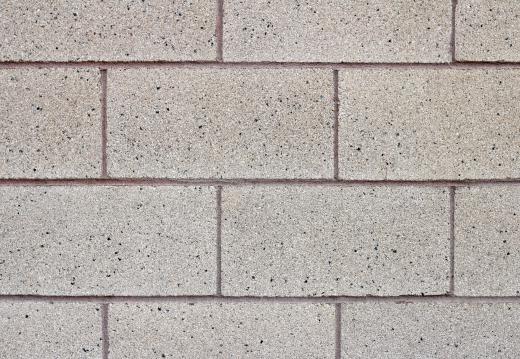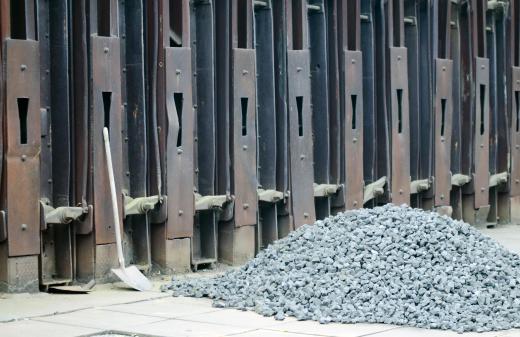Masonry blocks, also known as concrete masonry units (CMU), are prefabricated blocks, either solid or hollow, that have been used in construction since 1882. They are economical, environmentally sound, and provide excellent structural strength to residential, commercial and industrial buildings in rural and urban areas. They also happen to be fire resistant, long-lasting and require minimum maintenance.
These blocks are available in two grades determined by compressive strength and purpose. CMUs in both grades are load-bearing, but differ in the type of concrete wall they are used in. Grade N blocks are suitable for below grade and above grade exterior walls. Grade S blocks, on the other hand, are used only for above grade exterior walls with weatherproof finish, or in walls unexposed to weather elements.

Size, type and form-wise, the blocks vary widely. The nominal, standard size is 8 by 8 by 16 inches (20.32 by 20.32 by 40.64 cm). The different block types are regular concrete, cinder or breeze, clinker and aerated. They come in block forms like stretcher, split-face, sill, lintel, coping, corner, screen, concrete brick and shadow.
The basic materials used in the production of regular, high density masonry blocks are Portland cement, sand, gravel and water. This mix is modified in the case of low density cinder and clinker blocks by replacing the sand and gravel aggregates with fly ash, down ash, coke, coal, etc. Lightweight aerated blocks are a blend of sand, cement, aluminum powder and water.

Additives are usually added to the concrete mixes to give the blocks durable, water-repellent and coloring properties. The proportions in which the materials are mixed and the methods of production are instrumental in making blocks of differing strengths and textures. The mixing and production is carried out by machines.
In the production process, wet concrete mixes or mixes with a very limited amount of water are put into machine molds, compacted and vibrated. They are next cured at a high temperature and allowed to set solid. The masonry blocks are then ready to be used in construction.

Construction using masonry blocks is speedy and compatible with conventional masonry supplies. It requires standard 3/8 inch (0.95 cm) mortar joints, and the hollow cores can be reinforced with steel or concrete wherever required. A block masonry wall structure provides excellent thermal and sound insulation, and is usually painted or stuccoed for aesthetic appeal and weather protection.
It is best to take professional advice as well as consult local building regulations before commencing with construction. Different areas have different rules about the use of masonry blocks. In some parts of the USA, for instance, concrete blocks are not allowed for foundations, while in the UK the use of breeze blocks has been discontinued.
